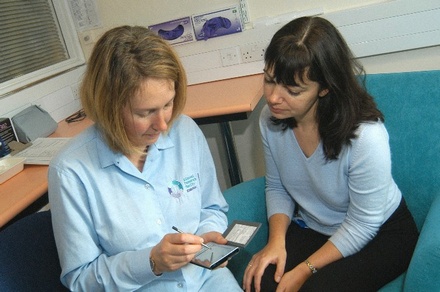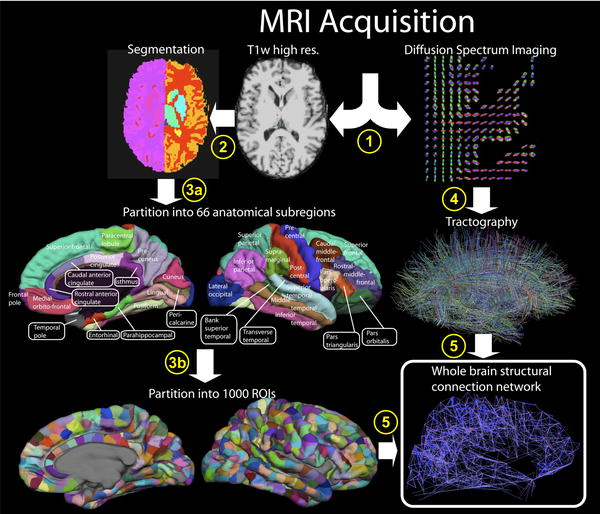University of Louisville neurologist Robert P. Friedland, M.D., questions the safety of eating farmed fish in the June issue of the Journal of Alzheimer's Disease. A legitimate worry about the nation's food supply or a case of an anti-farmed fish agenda?
Friedland and co-authors suggest, despite any evidence or anything outside their own speculation, that farmed fish byproducts rendered from cows, like bone meal, could transmit Creutzfeldt Jakob disease, commonly known as mad cow disease, to humans. Despite the lack of evidence, they are urging government regulators to ban feeding cow meat or bone meal to fish until the safety of this common practice can be confirmed. How can you further prove something is safe that has been in use for decades without issue?
University of Leicester researchers writing in the journal Chemical Research in Toxicology say they have found "convincing evidence" that cannabis smoke damages DNA and it could potentially increase the risk of cancer development in humans.
Using a newly developed highly sensitive liquid chromatography-tandem mass spectrometry method, the University of Leicester scientists say they have found clear indication that cannabis smoke damages DNA under laboratory conditions.
The researchers are Rajinder Singh, Jatinderpal Sandhu, Balvinder Kaur, Tina Juren, William P. Steward, Dan Segerback and Peter B. Farmer from the Cancer Biomarkers and Prevention Group, Department of Cancer Studies and Molecular Medicine and Karolinska Institute, Sweden.
An ancient Ice Age, once regarded as a brief 'blip', in fact lasted for 30 million years according to geologists at the University of Leicester who will discuss their findings during a public lecture at the University on Wednesday June 17.
Their research suggests that during this ancient Ice Age, global warming was curbed through the burial of organic carbon that eventually lead to the formation of oil – including the 'hot shales' of north Africa and Arabia which constitute the world's most productive oil source rock.
This ice age has been named 'the Early Palaeozoic Icehouse' by Dr Alex Page and his colleagues in a paper published as part of a collaborative Deep Time Climate project between the University of Leicester and British Geological Survey.
A new study says Tai Chi can have positive health benefits for musculoskeletal pain. The results of the first comprehensive analysis, conducted by The George Institute for International Health in Australia, suggests Tai Chi produces positive effects for improving pain and disability among arthritis sufferers.
An enormous eruption has found its way to Earth after travelling for many thousands of years across space. Studying this blast with ESA's XMM-Newton and Integral space observatories, astronomers have discovered a dead star belonging to a rare group: the magnetars.
X-Rays from the giant outburst arrived on Earth on 22 August 2008, and triggered an automatic sensor on the NASA-led, international Swift satellite. Just twelve hours later, XMM-Newton zeroed in and began to collect the radiation, allowing the most detailed spectral study of the decay of a magnetar outburst.
Autistics are up to 40 percent faster at problem-solving than non-autistics, according to a new Université de Montréal and Harvard University study published in Human Brain Mapping. As part of the investigation, participants were asked to complete patterns in the Raven's Standard Progressive Matrices (RSPM) test that measures hypothesis-testing, problem-solving and learning skills.
While autism is a common neurodevelopmental disability characterized by profound differences in information processing and analysis, this study showed that autistics have efficient reasoning abilities that build on their perceptual strengths.
 The Scorched Cherry Twig And Other Christmas Miracles Get A Science Look
The Scorched Cherry Twig And Other Christmas Miracles Get A Science Look $0.50 Pantoprazole For Stomach Bleeding In ICU Patients Could Save Families Thousands Of Dollars
$0.50 Pantoprazole For Stomach Bleeding In ICU Patients Could Save Families Thousands Of Dollars Metformin Diabetes Drug Used Off-Label Also Reduces Irregular Heartbeats
Metformin Diabetes Drug Used Off-Label Also Reduces Irregular Heartbeats  Your Predator: Badlands Future - Optical Camouflage, Now Made By Bacteria
Your Predator: Badlands Future - Optical Camouflage, Now Made By Bacteria









